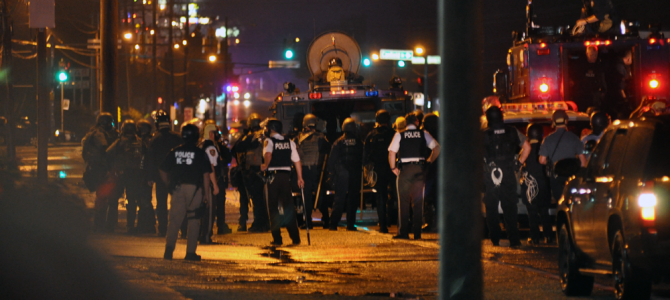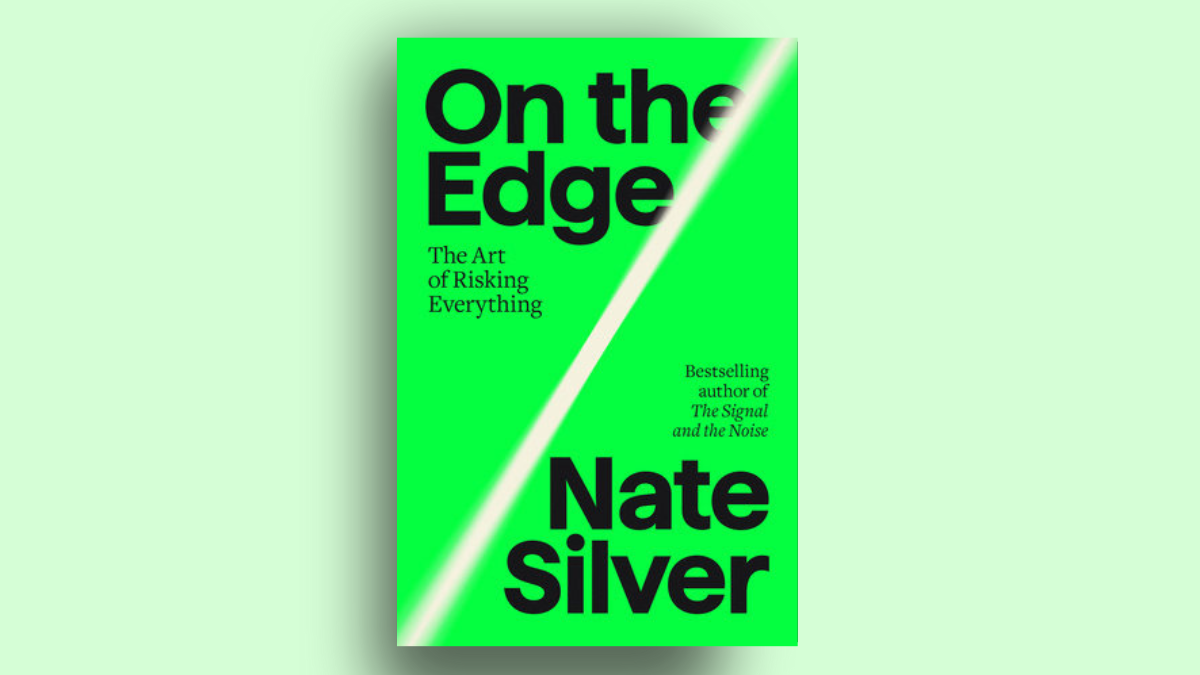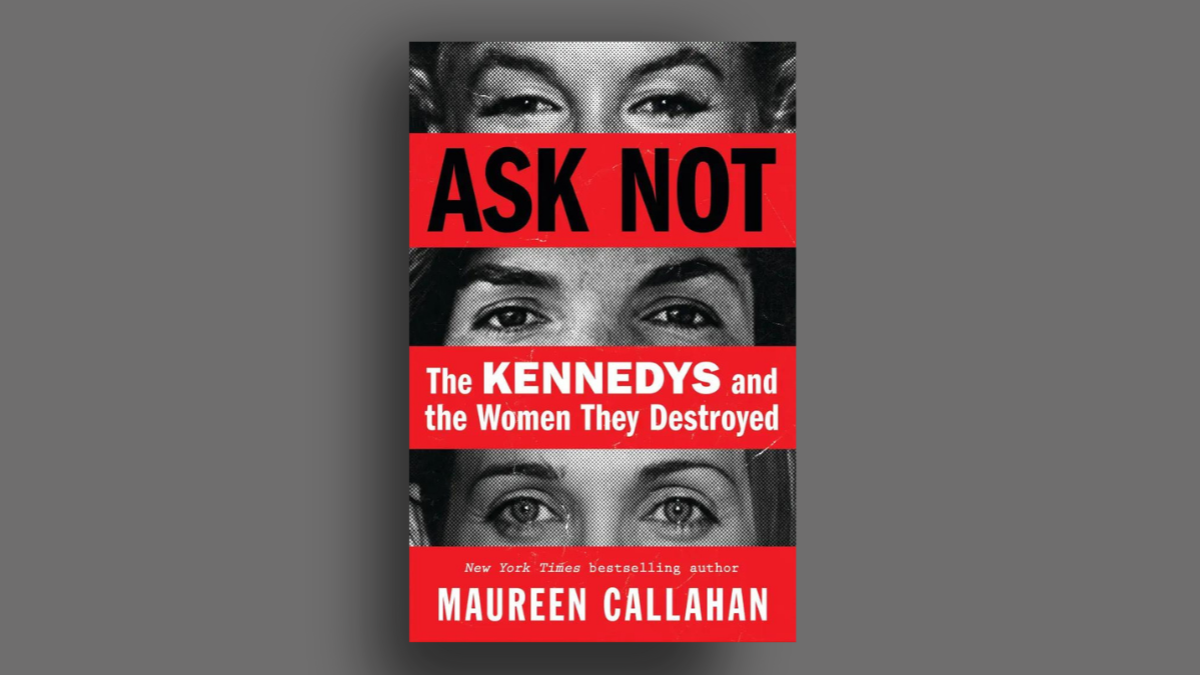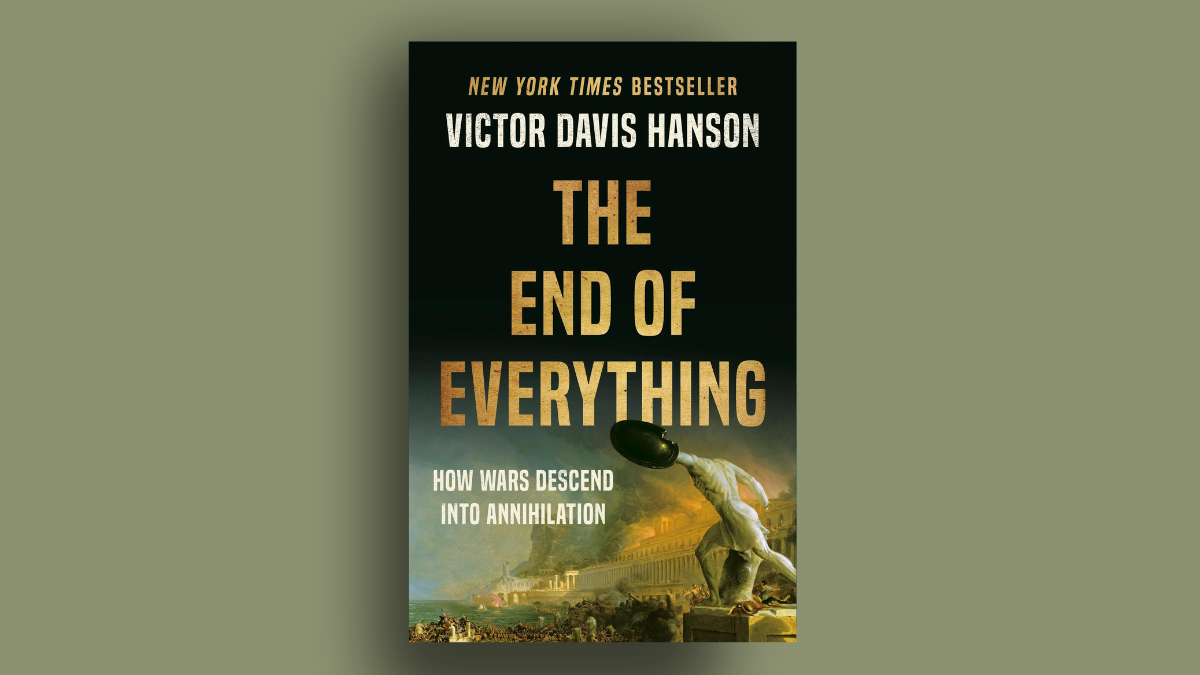
The need for order in society divides both the left and the right. Libertarian versus conservative, progressive versus anarchist, neither the Democrats nor the Republicans can fully describe themselves as the party of order. Even among those who agree on the value of order, there is disagreement. For the right, those interested in order are primarily interested in the old older, informal controls enforced by societal pressure, and respect for tradition. On the left, both factions are (or were) forward-looking, the only difference being which method would best propel us to the glorious future, radical freedom or radical bureaucracy.
Chris Hayes’s new book, “A Colony in a Nation,” is above all a book about order and how the people’s desire for it contributes to unequal treatment of different groups of Americans, typically on account of race. The book begins with a discussion of the disorder of the past several years, especially events in Ferguson and Baltimore in 2014 and 2015, on which Hayes reported extensively for his show on MSNBC, All In with Chris Hayes.
He tells the tale with which Americans became familiar during those crises through the reporting of Hayes and others: a community, mostly black, alienated against their local government, spurred to near-revolution by the death of a young black man at the hands of police. Ferguson and Baltimore differed: the first is a suburb run by white Republicans; the second is a city run by black Democrats. Urban mismanagement is bipartisan, and trouble between police and a populace can occur no matter which party runs the government.
People’s reaction to the events showed the divides on right and left. Some were appalled at the deaths of Michael Brown and Freddie Gray, but recoiled at the violence that followed. Others reserved judgment on the police officers’ actions, but found the quasi-militarized force that took to the streets to restore order as overkill. Hayes is good at showing this division of opinion, whether within communities or within individuals. The latter is the more difficult task. Most of us are not fully for liberty or fully for order. There are times to be for one or the other, and there are times where we think that both can co-exist.
Hipster Elegy
Hayes also explores his own thoughts on the matter, and the book at times resembles a memoir as much as a current events work. His writing is effective here, as he turns the journalistic lens on his own life and his own interactions with disorder in American cities. Hayes writes of commuting from his childhood home in Norwood in the Northwest Bronx through poor, black neighborhoods in the South Bronx and Harlem to his magnet school on the more affluent Upper East Side of Manhattan, the emotional responses it provoked, and the experience of growing up in a city divided by race and class.
Commuting through a dangerous city at the height of the national crime wave would be enough to make anyone nervous, and his recounting of an incident in which he was the victim of a street crime rings true to anyone who has experienced the same—which could include most city-dwellers in those days. Hayes spins that feeling of fear out to a national scale, using it to explain the emotional state that led most of America to embrace the tough-on-crime measures of the era. Although reluctant to credit any one policy with the reduction in crime that occurred throughout the 1990s and 2000s, he does admit that it was a more dangerous time at the beginning of that period than at the end. Any honest observer would be hard-pressed to deny it, and Hayes cites the telltale statistics of murders in New York: from a record 2,245 in 1991 to just 352 in 2015. Other crime similarly decreased.
Hayes also discusses the general seediness of New York in those days—his word, and an accurate one. While he prefaces the section by saying that “this phenomenon was quite distinct from the massive spike in crime,” he says that the same feelings of insecurity and distrust are inspired by seediness as by criminality. It is a distinction that is rather too fine to be believed. Many of the seedy elements of the public scene he describes are also crimes: aggressive panhandling, public intoxication, and the like. They are crimes not simply because they disturb decent people’s sense of order, although that certainly figures into it. The acts are also dangerous (or at least lead to danger) in a way that the public has judged, rightly, should not be tolerated.
A scene of Hayes visiting a police training center is a useful counterpoint to the prevailing narrative on the left of cops who are indifferent to the community they serve. At the Morris County sheriff’s office, the author went through training scenarios that made him quickly realize how easy it is for a cop to find himself in a dangerous situation, and how fast fear for one’s life can cause that situation to escalate. As things in the mock-up soon go sideways, Hayes looks at the situation with equanimity. “We’re only one scene in,” he writes, “and already the self-righteous liberal pundit has drawn his weapon on an unarmed man holding a cinder block.” The author’s self-awareness, here and elsewhere in the book, sets it apart from some other writers’ punditry that rapidly descends into unreadable screeds.
Muddled History
Other discussions are more off the mark. Several times, Hayes mentions redlining, the practice by which banks limited their mortgage lending the residents of white, non-immigrant neighborhoods. The odious practice, first encouraged by the Franklin Roosevelt administration through the newly created Federal Home Loan Bank Board, limited the ability of blacks and certain whites to borrow against their homes, cutting off what would become a major source of credit for more favored groups. The Fair Housing Act of 1968 banned the practice, which at least took the government out of it even if it did not stop furtive, private discrimination.
How redlining could be responsible for Ferguson’s troubles is unclear. When it was outlawed, Ferguson was still 98.55 percent white, according to the 1970 census. Similarly, what Hayes calls Richard Nixon’s “highly effective racialized Southern Strategy” is interesting as an historical matter (and the degree to Nixon “racialized” anything is still a matter of scholarly debate) but it, too, predates Ferguson’s integration, let alone any conflict between the black and white populations there.
Redlining may have set the scene for the segregated neighborhoods of New York, but the changes that occurred in Ferguson’s demographics came much later. Everything in history is connected, but at a certain point the connections grow too tenuous. Redlining is widely condemned, and justly, but it is not the source of all ills. For someone so reluctant to name any cause of the decline in crime, he is very sure of the causes of society’s other ills.
Slighting Nixon is especially odd, given that the title of the book springs from a 1968 speech by Nixon. The “New Nixon” who campaigned for president that year captured America’s anxiety about crime, but also spoke thoughtfully about the need not to criminalize an entire class or race—exactly the sort of sentiment Hayes seemingly wishes to espouse. In criticizing his predecessor’s Great Society welfare state, Nixon also wove a plea for unity into his remarks, calling for all Americans to “build bridges to human dignity across that gulf that separates black America from white America. Black Americans, no more than white Americans, they do not want more government programs which perpetuate dependency. They don’t want to be a colony in a nation.”
Government: The Problem and the Solution
Hayes correctly identifies the need for city financing as driving the escalation of police interactions with the populace. In Ferguson, especially, the city government takes in a disproportionate share of its funding through fines imposed by for all manner of minor violations. The impulse is understandable: Which is likely to be more popular means of financing government, a new tax or fines on criminals? Fines sound great when they are imposed on bad people; they are less popular when it turns out that the “bad” people are nearly everyone. But it is hard to see more government as the solution here. If the problem is that the need for income turns a city into a police state, perhaps less government, requiring less funding and leading to fewer interactions with police would benefit the people more.
The author embraces Nixon’s phrase, but rejects the idea behind it. For him, the colonization of America’s black neighborhoods is the product not of government programs but of the entire history of racism in the United States. But disentangling the two is more difficult than that. Redlining was racist; it was also big government. The same is true of segregation and any number of other government programs. So, in fact, is actual colonialism. Where Hayes’s analysis falls short is not in identifying the problem, but in the solutions at which he hints. For problems caused largely by government, perhaps more government is not the solution.
Hayes has a fluid writing style, and his prose is enjoyable to read. While his solutions are typical of the left and not fully fleshed out, the problems he identifies are real and well-described here. “A Colony in a Nation” is not ground-breaking, but it is a serviceable synopsis of the civil disturbances of the past several years and the conditions that led to them. What cities like Ferguson and Baltimore await is a solution that is better than just more of the same.









